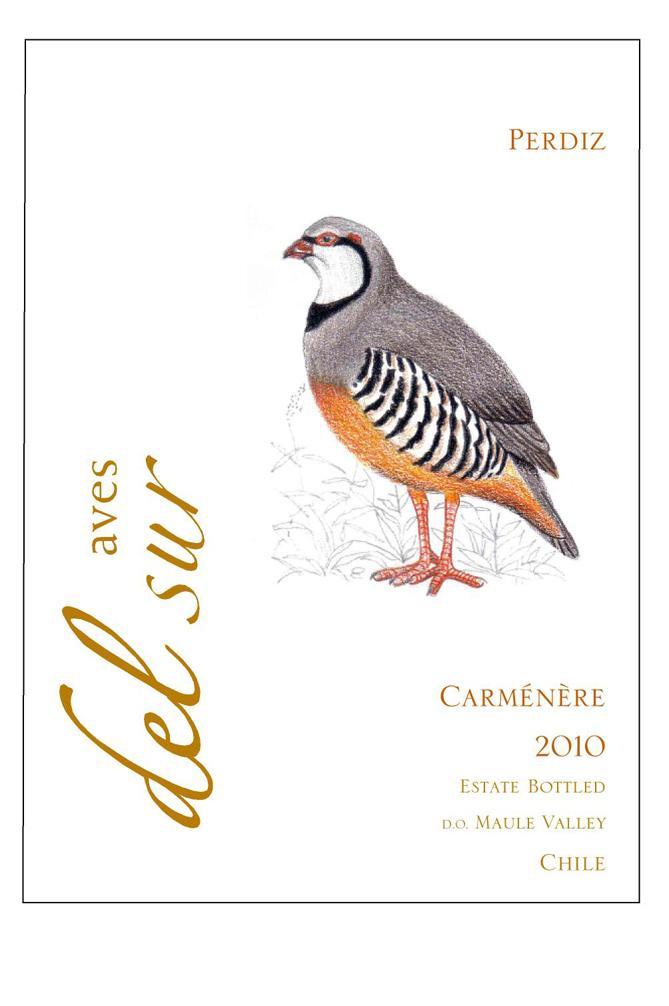2010 Maule Valley Carménère
Aves Del Sur Perdiz is a captivating red wine crafted from the Carménère varietal, showcasing the unique characteristics of the Maule Valley in Chile. This wine offers a medium to full body that envelops the palate with a delightful richness. The acidity is bright and lively, contributing to a refreshing balance that invigorates the senses. Fruit intensity is prominent, revealing luscious notes of dark berries, accompanied by hints of spices and earthiness that reflect the region's terroir. Tannins are firm yet well-integrated, providing a structured backbone that enhances the wine's longevity. With a dry profile, this vintage from 2010 exemplifies the artistry of winemaking in Maule Valley, making it an ideal companion for hearty dishes or enjoyed on its own.
Aves Del Sur Perdiz is a captivating red wine crafted from the Carménère varietal, showcasing the unique characteristics of the Maule Valley in Chile. This wine offers a medium to full body that envelops the palate with a delightful richness. The acidity is bright and lively, contributing to a refreshing balance that invigorates the senses. Fruit intensity is prominent, revealing luscious notes of dark berries, accompanied by hints of spices and earthiness that reflect the region's terroir. Tannins are firm yet well-integrated, providing a structured backbone that enhances the wine's longevity. With a dry profile, this vintage from 2010 exemplifies the artistry of winemaking in Maule Valley, making it an ideal companion for hearty dishes or enjoyed on its own.




